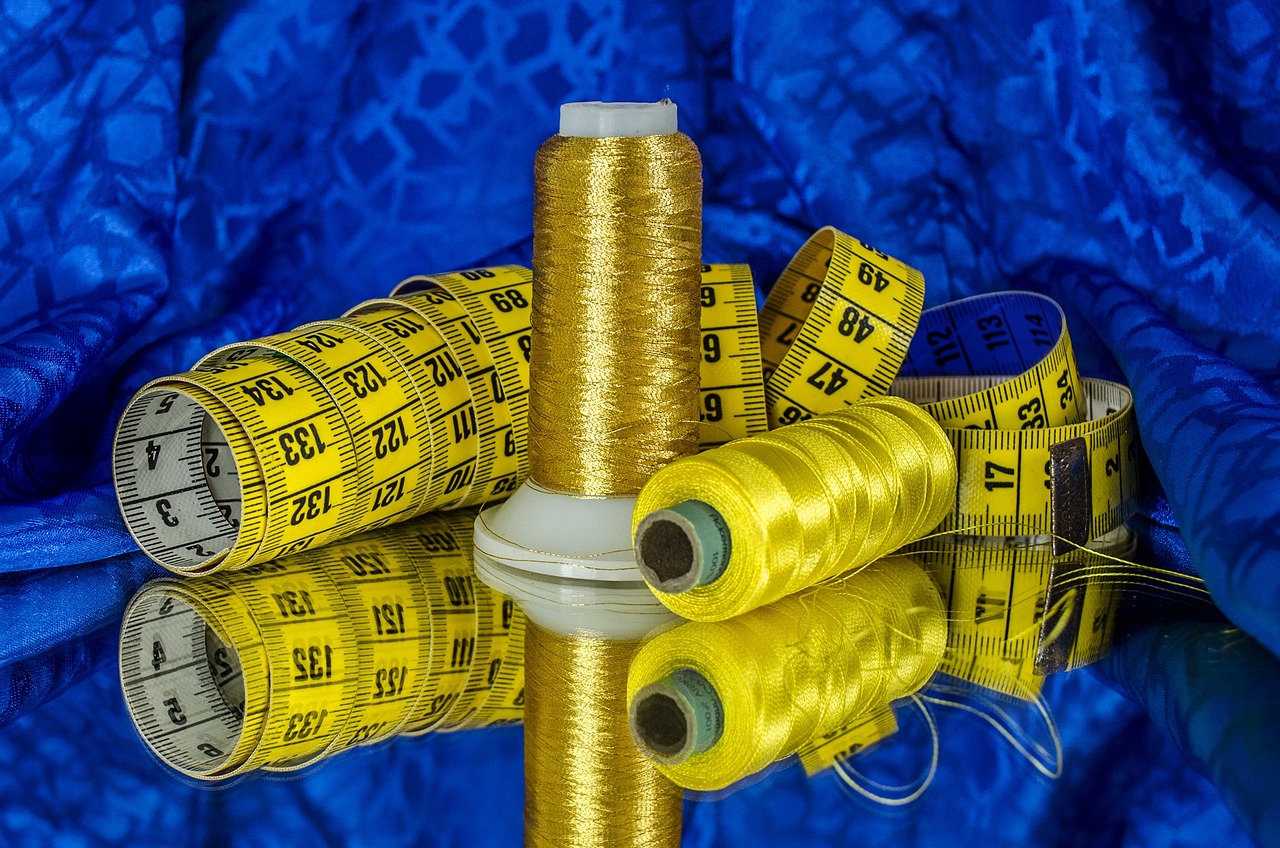Table of Contents
The High Stakes: Fashion Designer Salaries Reveal Industry’s Cutthroat Nature
When it comes to fashion designer salaries, the industry’s competitive landscape unveils itself. With its glitz and glamour, the world of fashion entices many aspiring designers, but the reality of earning a living in this cutthroat industry can be harsh. Let’s delve into the highs and lows of fashion designer salaries, shedding light on the financial aspects that often go unnoticed.
Bursting the Bubble: The Reality of Fashion Designer Salaries
Behind the runway shows and the red carpets, the financial reality for many fashion designers is far from glamorous. While successful designers like Karl Lagerfeld and Donatella Versace may command high salaries, the majority of aspiring designers face a challenging journey towards financial stability. The starting salaries for many entry-level fashion designers are meager, often hovering around the minimum wage. Long hours, demanding deadlines, and fierce competition make it a tough industry to break into and rise through the ranks.
Many young designers find themselves working for low wages or even for free as they try to gain exposure and build their portfolios. Internships have become a common route into the industry, but they often offer little or no pay. This disparity in compensation can make it challenging for talented designers from less privileged backgrounds to pursue their dreams. The reality of fashion designer salaries is a sobering reminder that the path to success in the industry is not always as glamorous as it may seem.
The Glittering Elite: Fashion Designer Salaries at the Pinnacle of the Industry
At the top of the fashion food chain, a select few designers enjoy astronomical salaries. These elite fashion designers have built empires around their brands, transforming their names into global powerhouses. Their earnings can reach staggering heights, with millions of dollars pouring in from fashion lines, endorsement deals, and collaborations. However, reaching this level of success requires more than just talent. It demands innovative designs, shrewd business acumen, and a sprinkle of luck.
Designers like Marc Jacobs, Tom Ford, and Ralph Lauren have not only established successful fashion brands but have also ventured into other lucrative avenues such as fragrances, accessories, and licensing agreements. These ventures can significantly contribute to their overall earnings. However, it is important to note that such success stories are the exception rather than the norm. For the vast majority of fashion designers, attaining such dizzying heights of financial success remains a distant dream.
Climbing the Ladder: The Path to Financial Success for Fashion Designers
For those not yet at the pinnacle of the industry, there is hope for a profitable career in fashion design. Although the road may be arduous, talented designers who persevere can see their salaries grow steadily over time. As they gain experience and recognition, fashion designers can expect a gradual increase in earnings. This may come through promotions within established fashion houses or even launching their own successful brands. Patience, persistence, and a strong creative vision are key ingredients for climbing the ladder to financial success.
Many fashion designers start their careers by working for established brands, where they can learn the ropes and gain valuable industry experience. This can provide a solid foundation for future success. As they prove their skills and build a reputation, opportunities for advancement arise. Some designers choose to strike out on their own, launching their own fashion lines and taking control of their creative direction. This entrepreneurial path can be risky, but it also offers higher earning potential and the possibility of building a lasting legacy.
Bridging the Gap: Fashion Designer Salaries and the Gender Divide
In an industry dominated by women’s fashion, it is disheartening to see a persistent gender pay gap among fashion designers. Despite the majority of fashion design students being female, male designers often earn higher salaries on average. This disparity raises questions about gender equality and fair compensation within the industry. As the fashion world evolves, efforts to bridge this divide are gaining momentum.
Many fashion organizations and advocacy groups are pushing for greater transparency and equal pay for female designers. They are working to challenge the status quo and ensure that talented women in the industry are recognized and rewarded for their contributions. The goal is not only to close the gender pay gap but also to create a more inclusive and diverse fashion industry that celebrates talent regardless of gender.
In conclusion, fashion designer salaries reflect the cutthroat nature of the industry. While a select few designers enjoy astronomical earnings, the majority face financial challenges and uncertain career prospects. Climbing the ladder to financial success requires talent, perseverance, and a bit of luck. Moreover, the industry must address the gender pay gap and strive for equal compensation. The fashion world may be glamorous, but it is also a fiercely competitive arena where success is hard-won.


